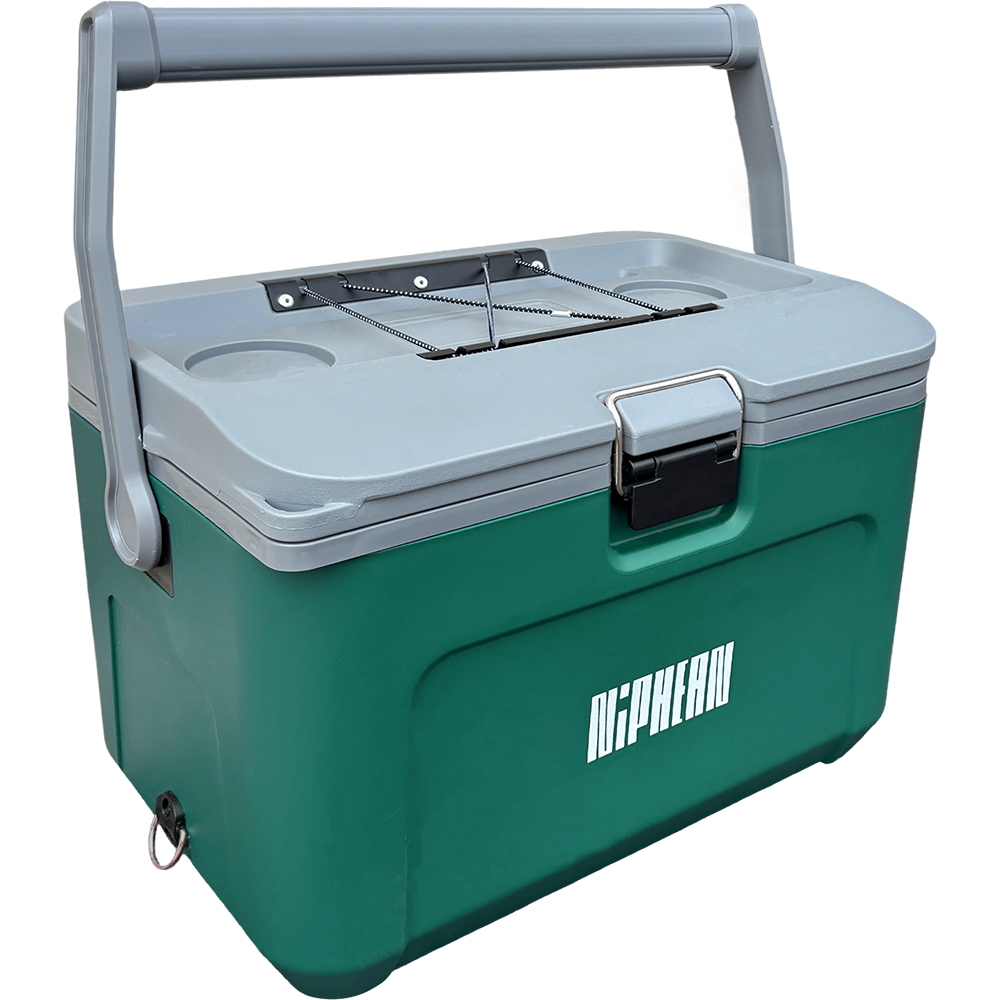- No products in the cart.
What to Do If You Encounter Wildlife While Paddle Boarding
Sep 22, 2025
Paddle boarding offers a unique way to experience nature, often bringing paddlers closer to wildlife than on land. While these encounters can be awe-inspiring, they also require careful management to protect both the paddler and the animal. Understanding wildlife behavior and applying proper safety practices ensures a respectful, enjoyable, and responsible SUP experience.
Why Wildlife Awareness Matters
Wildlife interactions during paddle boarding are not rare. From seabirds and fish to marine mammals and reptiles, each species responds differently to human presence. Research shows that close human approach can disrupt feeding, nesting, or migration behaviors, which may have long-term ecological consequences. On the human side, improper handling of encounters can result in accidents or injuries. Responsible paddling is therefore both a safety measure and a form of conservation.

Professional Guidelines for Wildlife Encounters on the Water
1. Minimize Noise and Disturbance
Paddle strokes should be controlled and quiet to reduce water vibration. Avoid shouting, music, or sudden splashes. Low disturbance levels decrease the likelihood of startling animals and allow for more natural observations.
2. Maintain Safe Distance
Wildlife specialists recommend staying at least 50–100 meters from large animals such as seals, dolphins, or nesting birds. For smaller animals, increase distance if they show signs of distress (e.g., sudden flight, diving, or defensive postures). Using a camera zoom is preferable to physical approach.
3. Recognize Warning Signals
Animals often display stress behaviors before escalation. For example:
-
Birds: flapping, circling, or loud alarm calls.
-
Marine mammals: tail slapping or abrupt dives.
-
Reptiles: sudden stillness or rapid retreat.
If observed, back away slowly without erratic movement.
4. Plan Around Sensitive Seasons
Breeding, nesting, and migration periods are critical. Disturbance during these windows can reduce reproductive success. Local wildlife agencies often publish seasonal advisories—consult them before your trip.
5. Equip for Safety
A personal flotation device (PFD), whistle, and leash are non-negotiable for wildlife-rich waters. In case of unexpected interaction, being securely attached to your board and equipped for signaling ensures you can manage calmly.
6. Follow Legal and Ethical Standards
Many regions have protective regulations for marine species (e.g., U.S. Marine Mammal Protection Act). Fines may apply for harassment or disturbance. Ethical paddling also aligns with the Leave No Trace principle, ensuring future paddlers enjoy the same natural experiences.
Practical Case Scenarios
-
Seabird colonies: Paddle far outside nesting boundaries. Even brief disturbance can cause nest abandonment.
-
Dolphins and whales: Cease paddling and allow them to pass. Do not intercept their route.
-
Alligators or snakes: Keep distance and avoid shallow vegetation-rich waters where they bask or feed.
-
Deer or terrestrial mammals near shore: Refrain from approaching, as they may flee into traffic zones or hazardous terrain.
Paddle Responsibly with Niphean
At Niphean, our inflatable SUPs are engineered for stability and quiet movement, reducing unnecessary disturbance in natural habitats. Whether you’re exploring coastal lagoons or inland rivers, our boards provide the balance and safety features needed for mindful wildlife encounters.
Conclusion
Wildlife sightings while paddle boarding can elevate an outing into an unforgettable memory. By maintaining distance, reading behavioral cues, and respecting environmental regulations, paddlers protect both themselves and the ecosystems they visit. A responsible approach ensures that the beauty of these encounters remains available for generations to come.
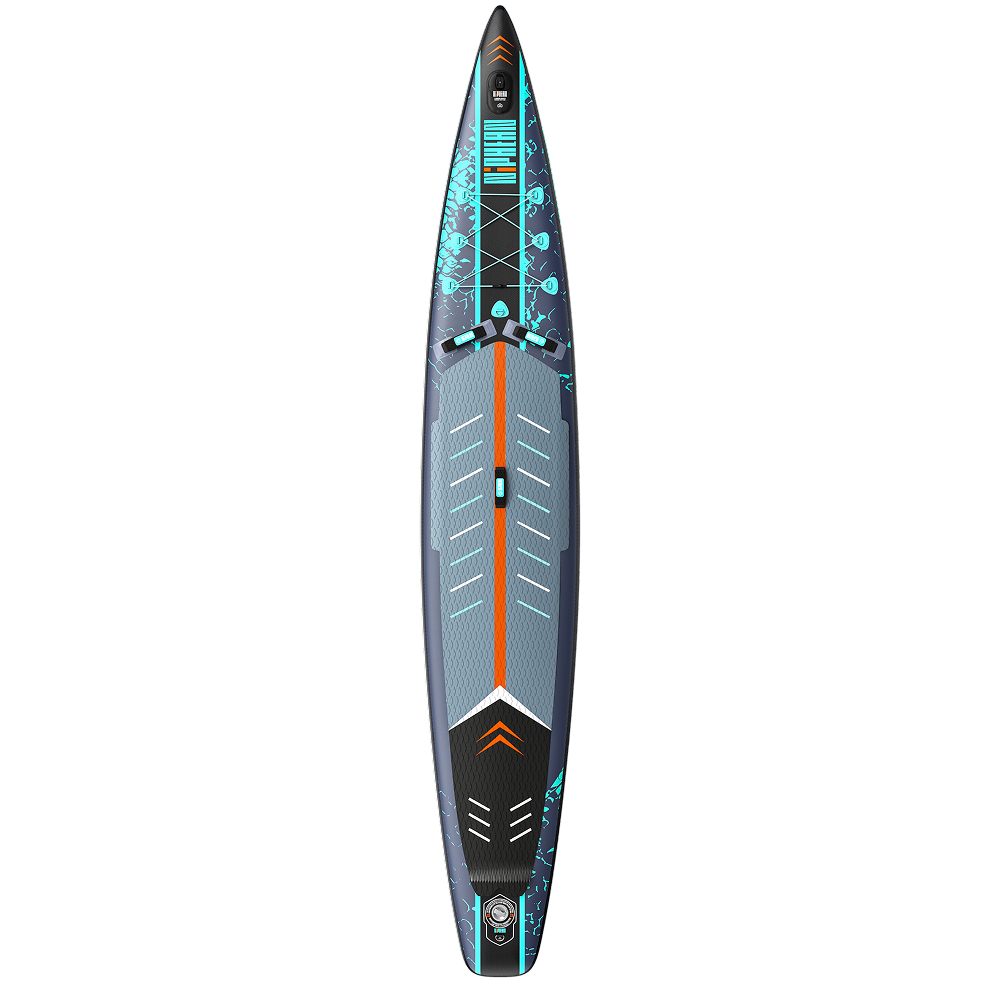
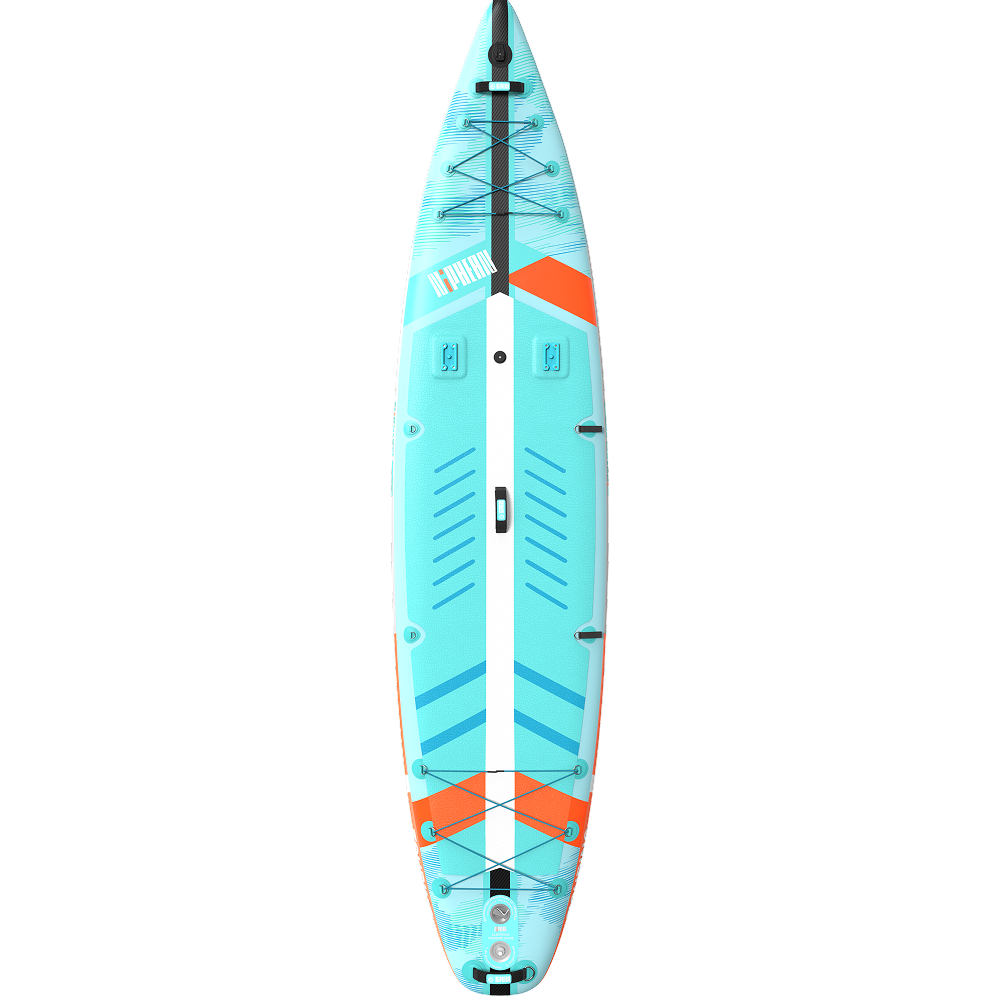
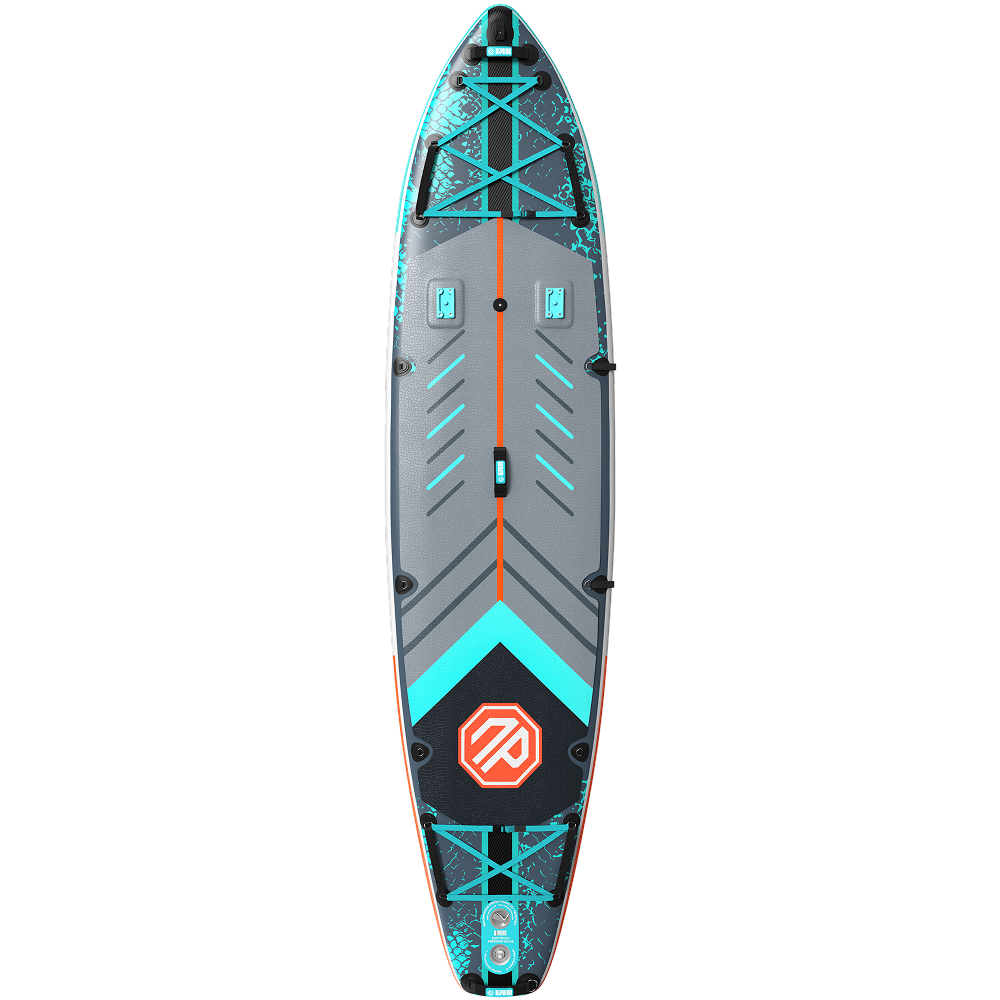
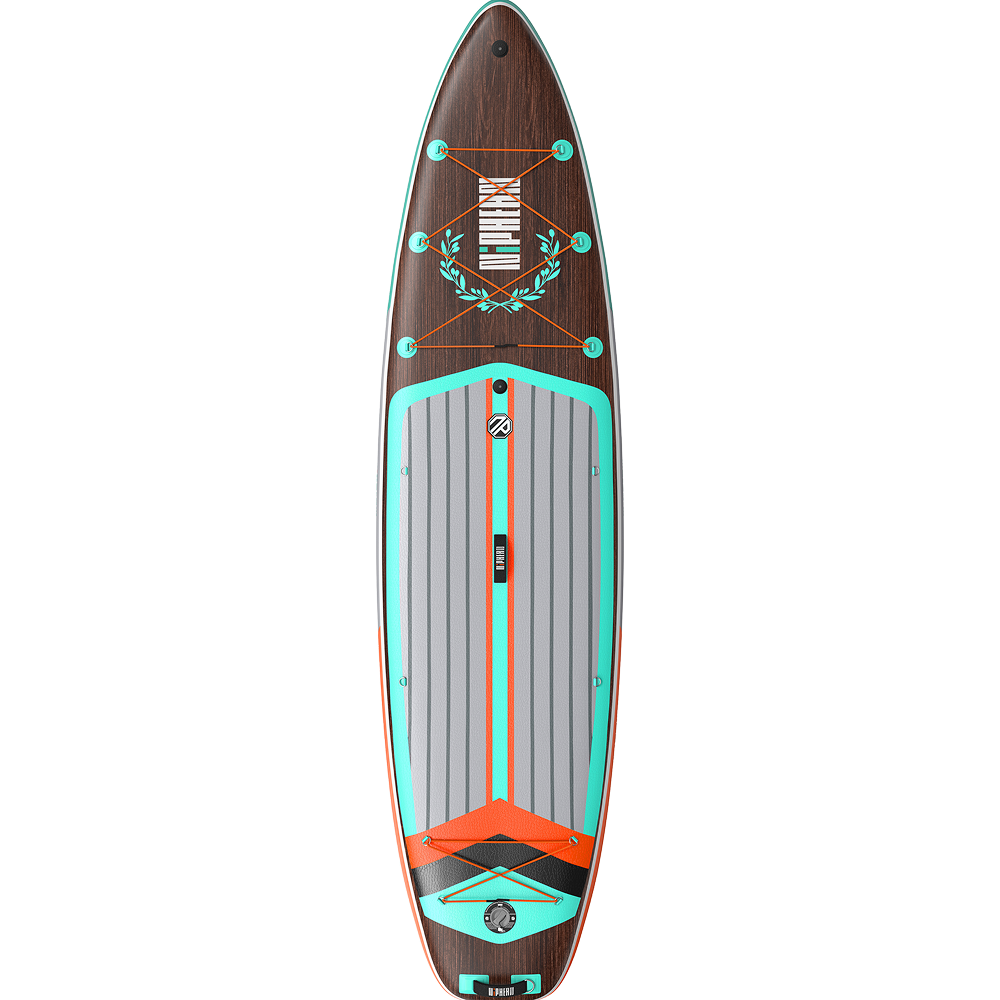
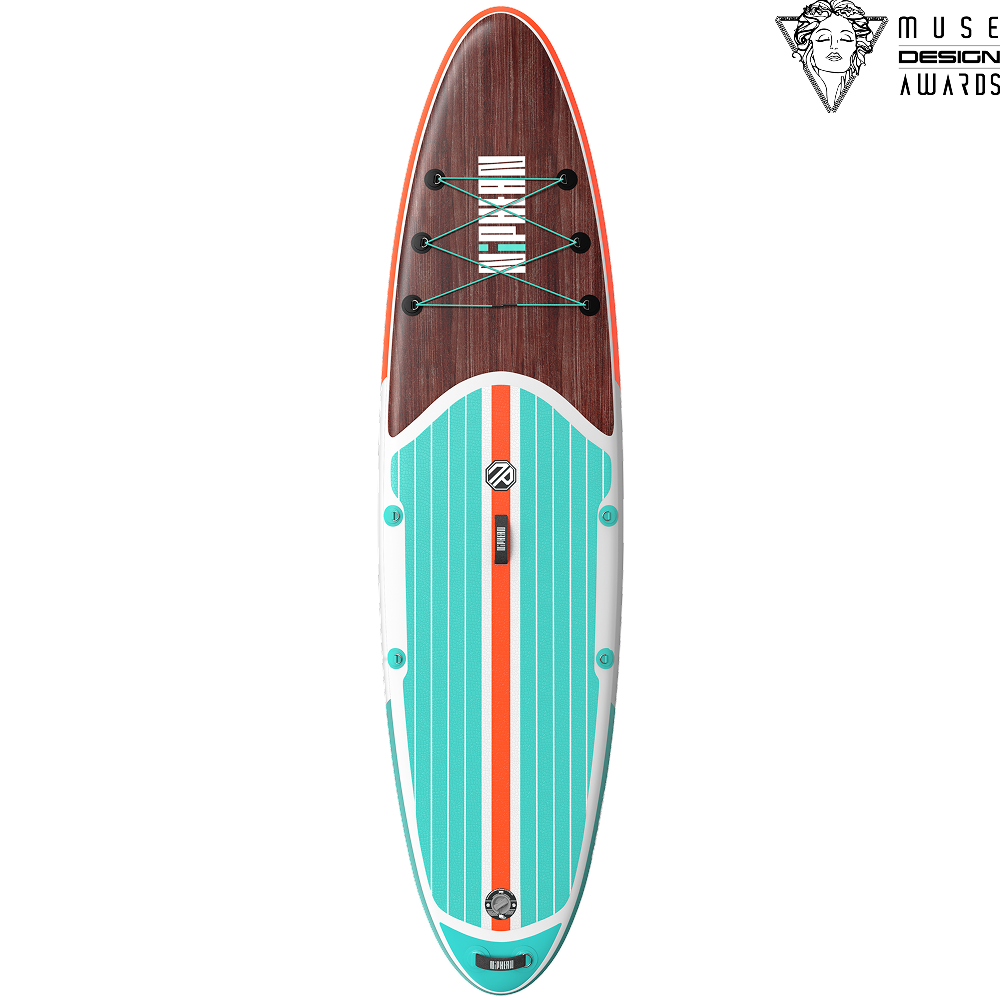
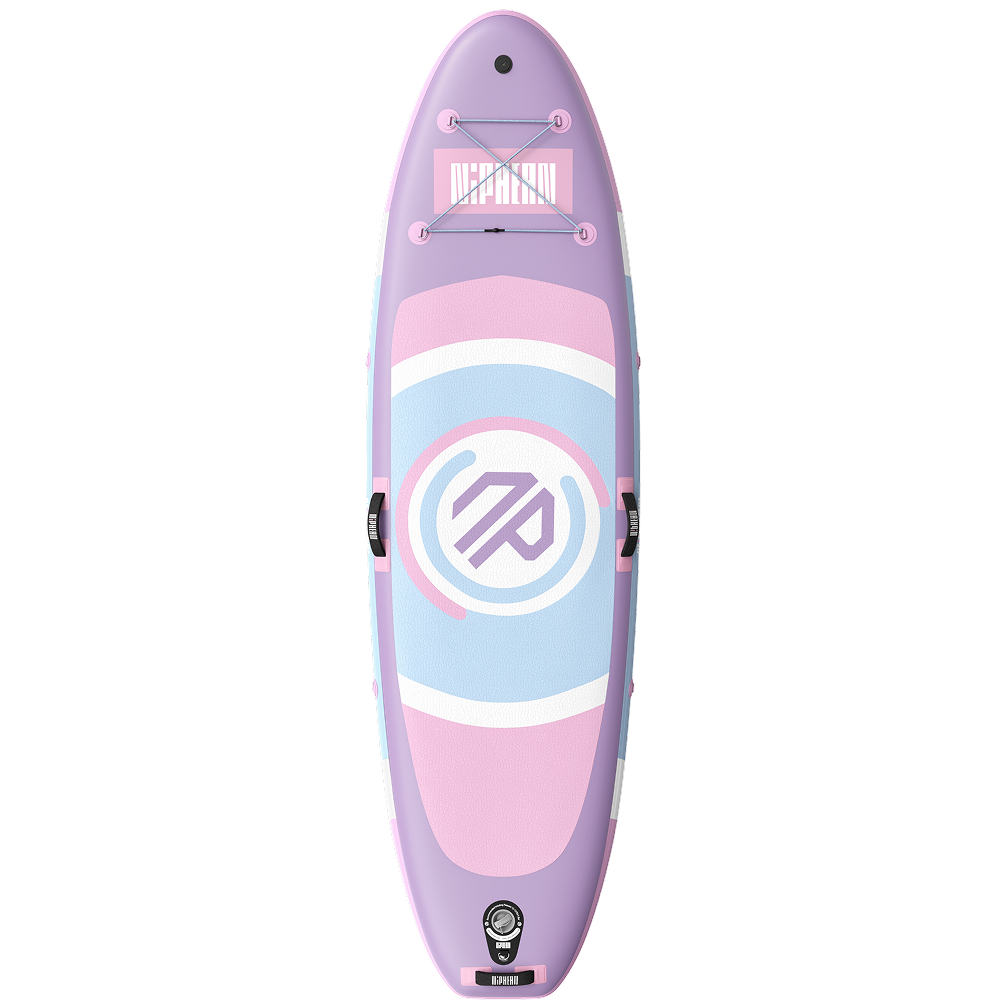






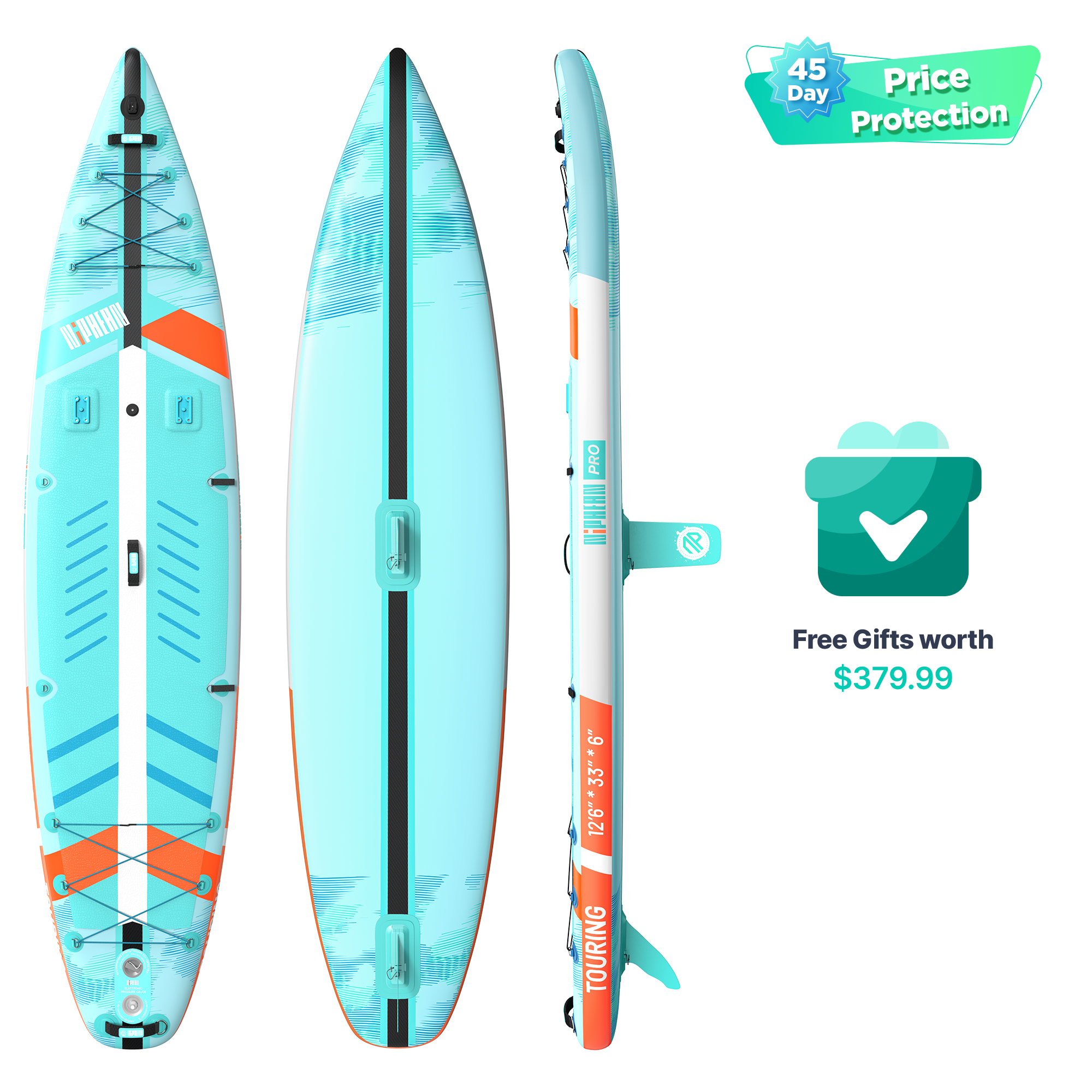
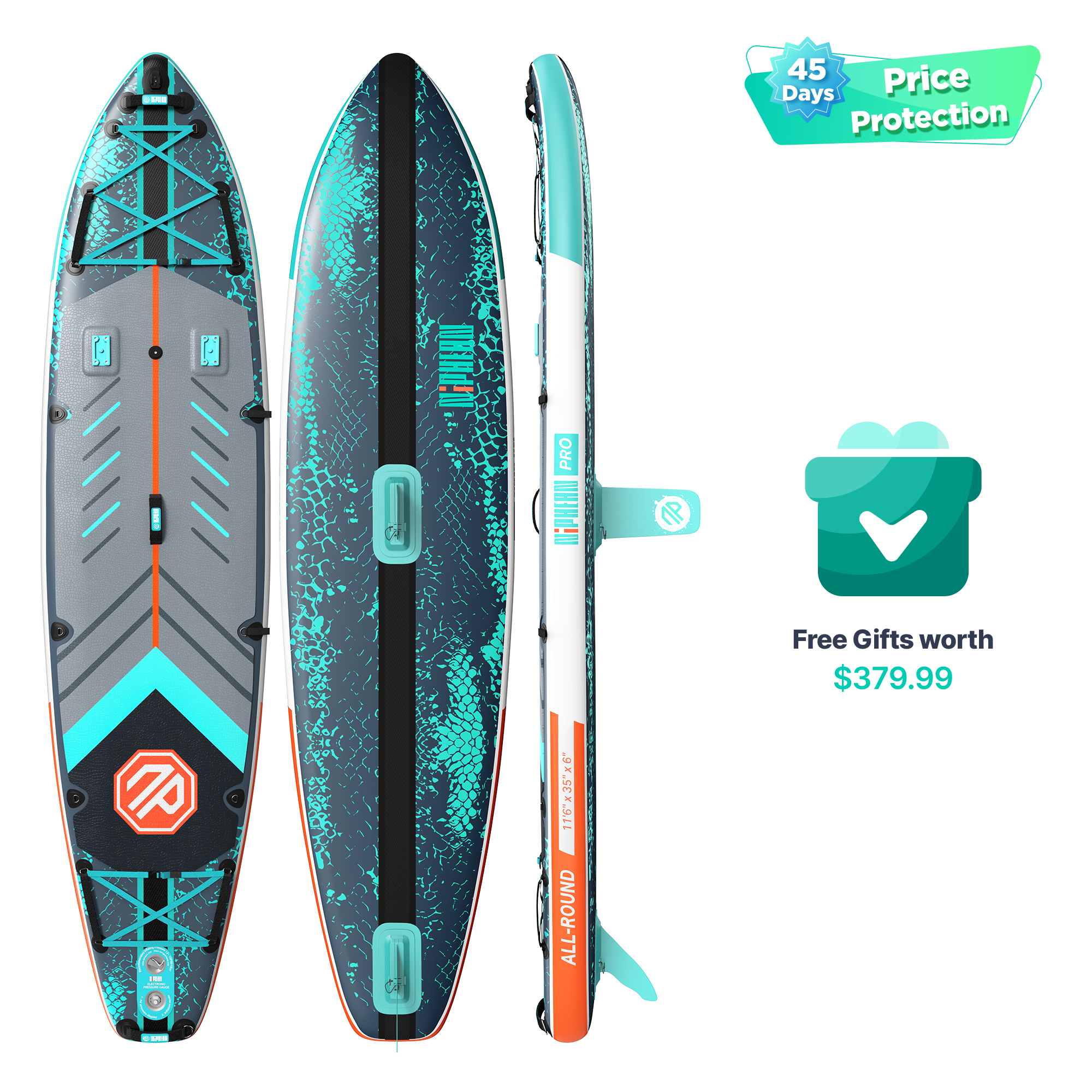
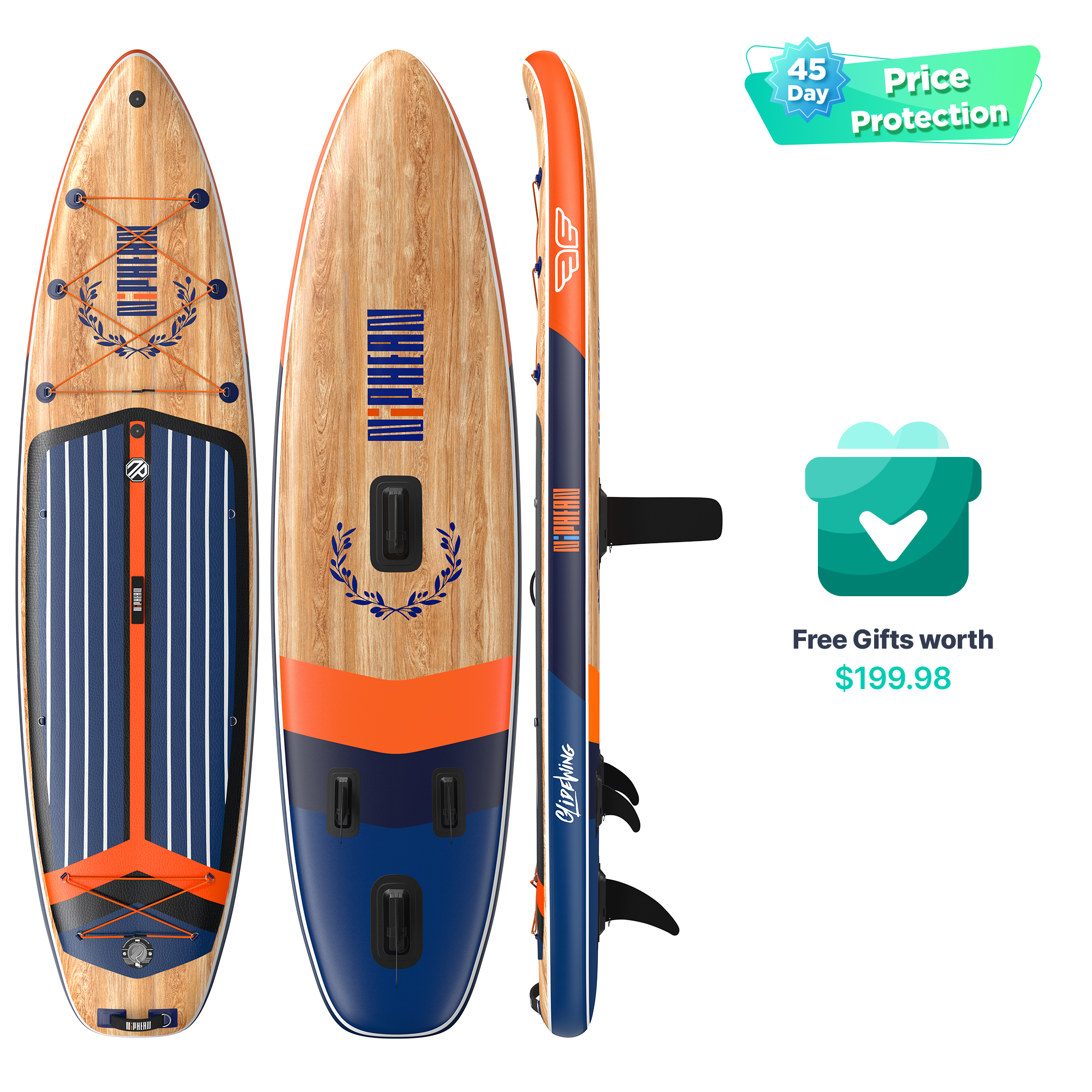
 Youtube
Youtube Facebook
Facebook Instagram
Instagram TikTok
TikTok